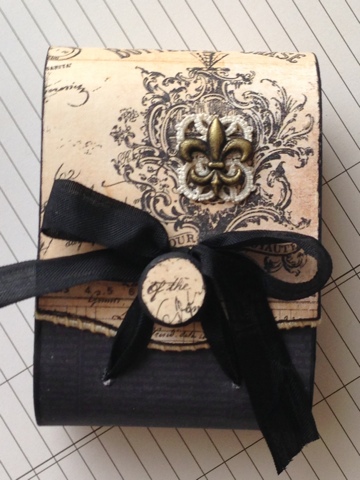Arizona Rattlesnakes
Arizona is home to 17 types of rattlesnakes, the most popular
being the Western Diamondback. Keep
reading to learn more about these fascinating creatures.
Visual
Characteristics
Rattlesnakes can grow from 1 to 8 feet long depending on the
species. They have a triangle shaped
head and eyes with a black slit. Their head contains a hollow spot on each side
between the eyes and nostrils called a pit.
This is a sensory organ that helps the rattlesnake detect body heat for
hunting at night. Many are colored in
patches of tan and brown but their colors can vary. Their lifespan ranges from
10-20 years. Their rattles are made of
keratin, the same material as your fingernails.
Their rattles may be broken off, malformed, or silent - so never rely on
the rattler as the only form of identification.
Rattlesnakes
Bite
As many as 350 people are bitten by rattlesnakes each year in
Arizona. These bites can be lethal. A rattlesnake’s striking distance can be up to
one third to one half of its overall length.
More than half of all rattlesnake bites are caused by provoking or
approaching them. Rattlesnakes are captivating animals and deserve our utmost
respect. If you come across one in the
wild, it is best to keep a safe distance.
Contrary to popular belief, they are not aggressive, but in reality,
they are typically quite subdued and would rather crawl away than confront a
human. They only bite to eat and defend
themselves.
Along with their heat-sensing pits, rattlesnakes use their tongue
to detect the scent of prey. They have
two retractable fangs that quickly spring into action when they are attacking. Rattlesnakes
are carnivores. Typical prey includes
birds, rodents, rabbits, lizards, and amphibians.
Link: g00 2/8 pp. 28-29




























